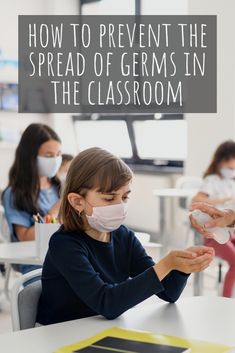Keeping the classroom clean and free from germs is essential to maintain a healthy learning environment for students. Here are some tips to help reduce the spread of germs in the classroom:
1.Encourage proper hand hygiene: Teach students the importance of washing their hands with soap and water for at least 20 seconds. Provide hand sanitizers in common areas and remind students to use them regularly.
2.Disinfect commonly touched surfaces: Regularly clean and disinfect frequently touched surfaces such as desks, chairs, door handles, and light switches. Use disinfectant wipes or sprays to kill germs effectively.
3.Encourage covering coughs and sneezes: Teach students to cover their mouth and nose with a tissue or their elbow when coughing or sneezing. Discourage them from using their hands to prevent the spread of germs.
4.Promote respiratory etiquette: Remind students to avoid touching their face, especially their eyes, nose, and mouth, as it can transfer germs from surfaces to the body.
5.Ensure proper ventilation: Improve classroom air quality by opening windows or using air purifiers if available. Good ventilation helps reduce the concentration of airborne germs.
6.Limit sharing of personal items: Encourage students to avoid sharing items like stationery, water bottles, and food to minimize the spread of germs. Teach them the importance of personal hygiene and keeping their belongings clean.
7.Teach good academic hygiene: Encourage students to organize their belongings to minimize the chance of germ transmission. Advise them to keep their backpacks, books, and other items clean and free from clutter.
8.Educate about illness prevention: Teach students about common illnesses and how to prevent them. Explain the importance of getting enough sleep, eating a healthy diet, and maintaining overall good health to reduce susceptibility to illnesses.
9.Establish a daily cleaning routine: Set aside time each day for students and teachers alike to clean and sanitize their personal spaces. Emphasize the importance of cleanliness as a shared responsibility.
By implementing these tips, you can create a healthier classroom environment and reduce the spread of germs among students. Regularly reinforcing good hygiene practices will benefit both their individual health and overall well-being.





